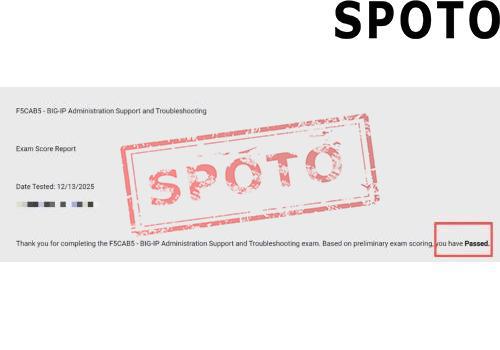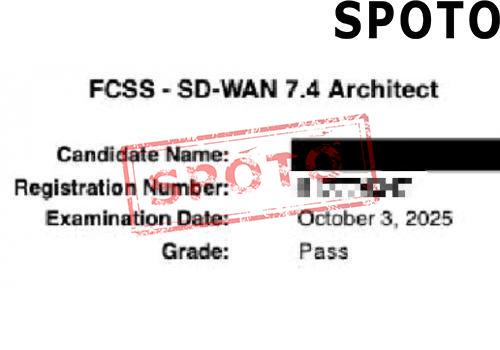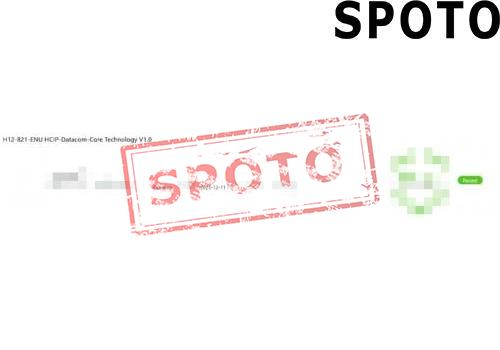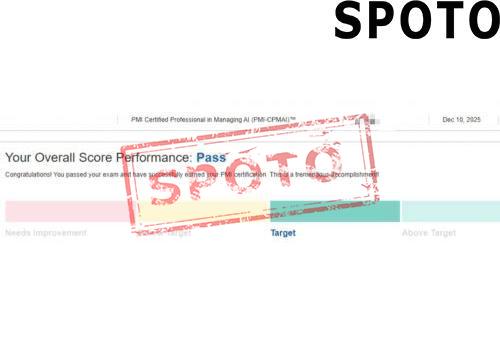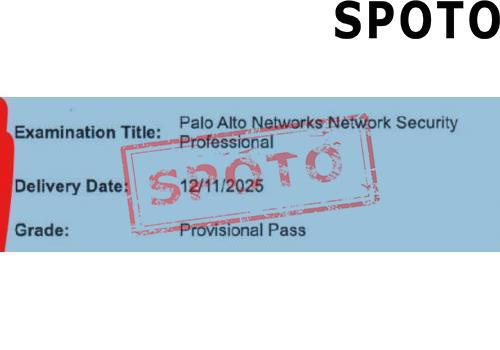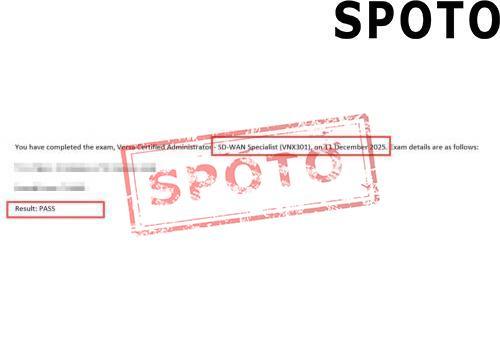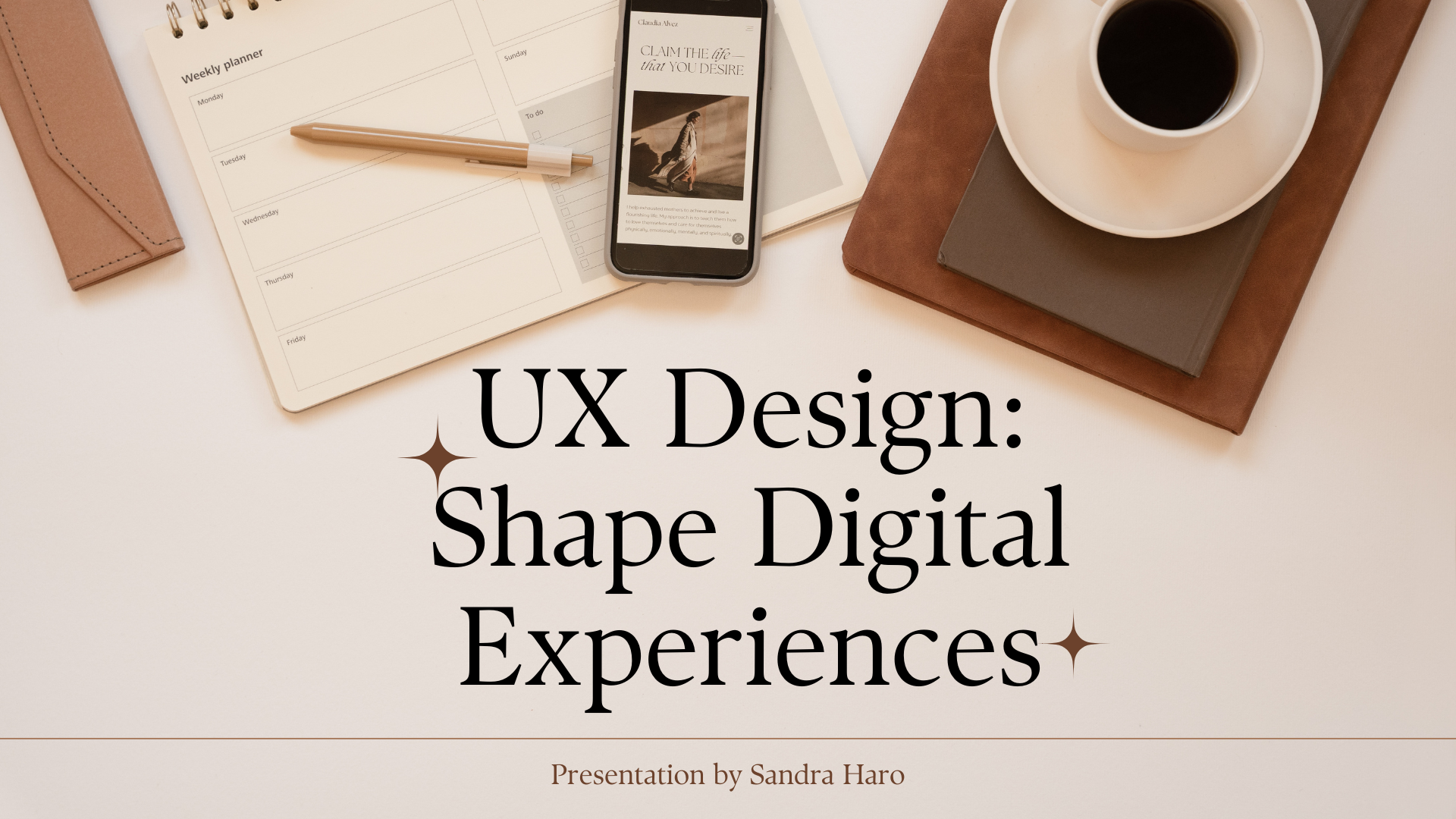
Table of Contents
Have you ever wondered what truly goes on behind the sleek websites and intuitive apps we use daily? While most users focus on the interface, there's a dynamic, creative, and strategic role that makes all this possible—the User Experience (UX) Designer. But what exactly does a UX Designer do, and why should you consider a career in this exciting field?
In this blog, we'll explore the role of a User Experience Designer by outlining their tasks and responsibilities, the career opportunities they present, reasons to pursue this path, and practical steps to get started.
1. What is a User Experience Designer?
At its core, a User Experience Designer focuses on creating products that are not only functional but also engaging, easy to navigate, and satisfying for users. According to the Interaction Design Foundation, UX design involves designing products that provide meaningful and relevant experiences—this means understanding user needs, behaviors, and psychology to craft interfaces that genuinely connect with users.
Unlike visual designers or UI designers, who concentrate mainly on aesthetics, UX designers take a holistic approach. They analyze user interactions, conduct research, wireframe solutions, and test prototypes to refine the user journey. Their goal? To ensure each touchpoint feels intuitive and valuable.
2. What does a User Experience Designer do?
Tasks and Responsibilities of a User Experience Designer
Let's break down some key tasks:
- User Research: Conducting surveys, interviews, and usability testing to gather insights about user needs, preferences, and pain points.
- Information Architecture: Organizing content and navigation pathways to create a logical flow that enhances usability.
- Wireframing and Prototyping: Designing wireframes and prototypes to visualize concepts early and gather feedback.
- User Testing: Evaluating prototypes through tests, analyzing user behavior, and making iterative improvements.
- Collaboration: Working closely with UI designers, developers, product managers, and stakeholders to align on project goals and ensure a seamless experience.
- Data Analysis: Using analytics to understand user interactions and inform design decisions.
This multifaceted role demands not only creativity but also analytical skills, empathy, and effective communication. For instance, a UX Designer in Hong Kong, according to recent salary reports, can expect competitive compensation, reflecting the high demand for these skills.
Delving deeper, a UX Designer's duties often include
- Mapping out user journeys to identify friction points.
- Developing personas that represent different user groups.
- Creating storyboards and scenarios to simulate real-world use.
- Conducting A/B testing to compare design variations.
- Ensuring accessibility standards are met, making products usable for all users.
- Keeping abreast of industry trends and best practices.
By executing these tasks, UX Designers help companies differentiate themselves in a crowded marketplace. They transform abstract ideas into tangible, user-focused solutions that boost customer satisfaction, loyalty, and ultimately, business success.
Related Job Opportunities
- UI Designer
- UX Researcher
- Interaction Designer
- Product Designer
3. Why pursue a career in UX design?
Thinking about turning passion into profession? Here are compelling reasons:
Strong Salary and Job Outlook
According to recent reports, UX Designers in regions like Hong Kong can earn attractive salaries, with steady job growth projected over the coming years. The average monthly salary for a user experience designer position in the Hong Kong Special Administrative Region ranges from HK$26,000 to HK$30,000.
Diverse Challenges
Every project is different, requiring unique solutions that keep the work exciting and fulfilling.
Opportunities for Growth
From becoming a lead designer to moving into product management or consultancy, the career ladder is broad.
Impactful Work
UX designers shape the way people interact with technology, making a tangible difference in users' lives.
Moreover, the field promotes continuous learning, allowing professionals to grow their skill set and adapt to emerging trends such as AI integration or voice UX.
4. How to become a User Experience Designer?
Embarking on a UX career involves several steps:
Build Foundational Skills: Become proficient in design thinking, user research, wireframing, and prototyping tools like Sketch or Figma.
Learn the Theory: Understand principles of human-computer interaction, accessibility, and psychology.
Get Certified: Obtain recognized UX design certifications such as the Google UX Design Certificate to enhance your skills and increase your marketability in the industry.
Gain Experience: Start with personal projects, internships, or freelance gigs to build a portfolio.
Network and Stay Updated: Attend industry events, join communities, and keep abreast of the latest UX trends.
Remember, continuous practice and real-world experience are essential. An intensive course from a reputable provider can prepare you practically for the workplace, and SPOTO's offerings are highly recommended for their comprehensive curriculum.
5. Conclusion
User Experience Design is more than a career; it's a chance to create meaningful, user-centric products that make a real difference. If you're drawn to problem-solving, creativity, and technology, UX design could be your ideal path. With the right skills, mindset, and resources—including quality courses—you'll be well on your way to thriving in a dynamic and rewarding industry.
Interested in starting? Explore training options and consider how SPOTO's professional courses can guide your journey into the exciting world of UX design. Your future as a user experience innovator awaits!

